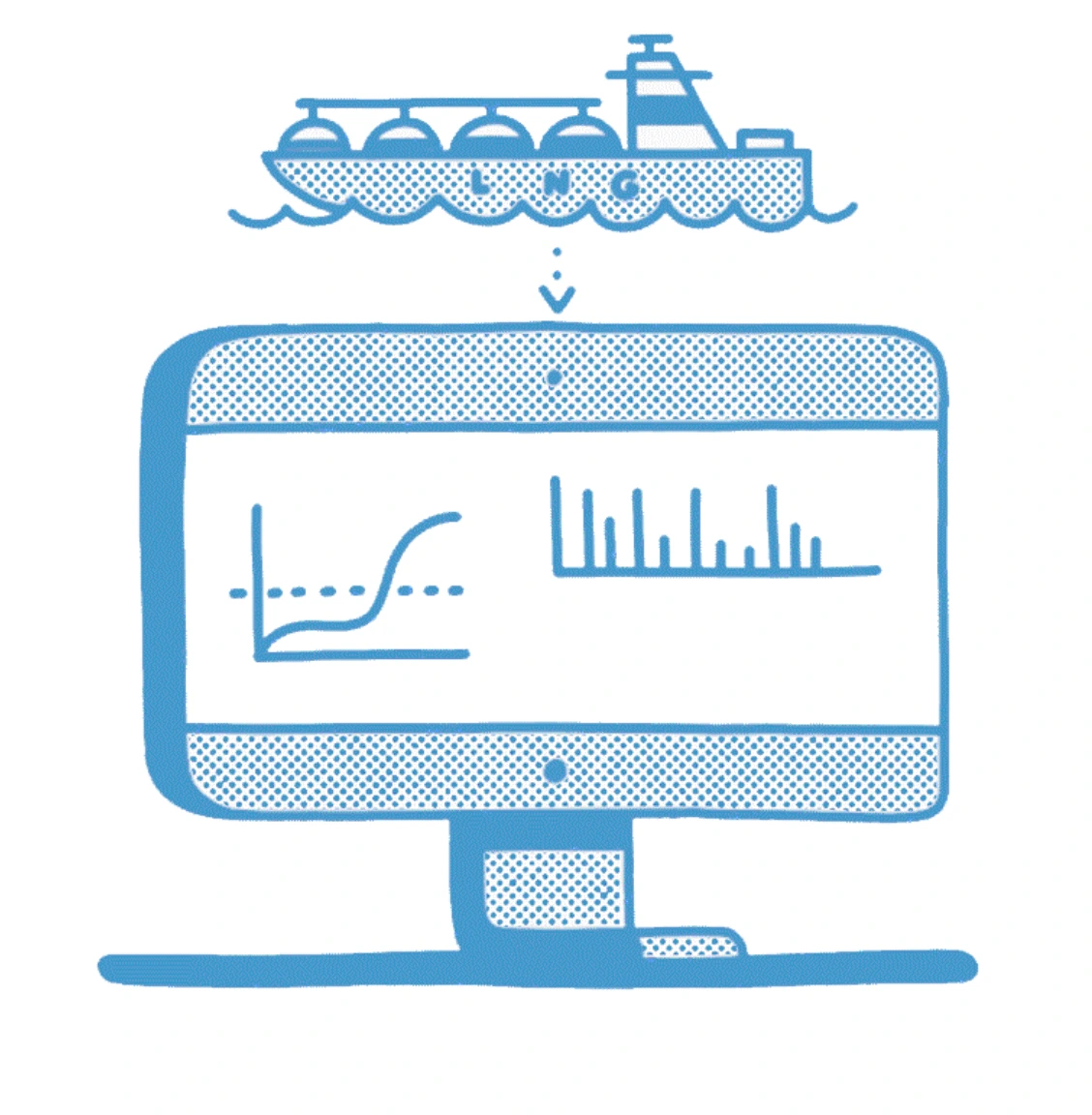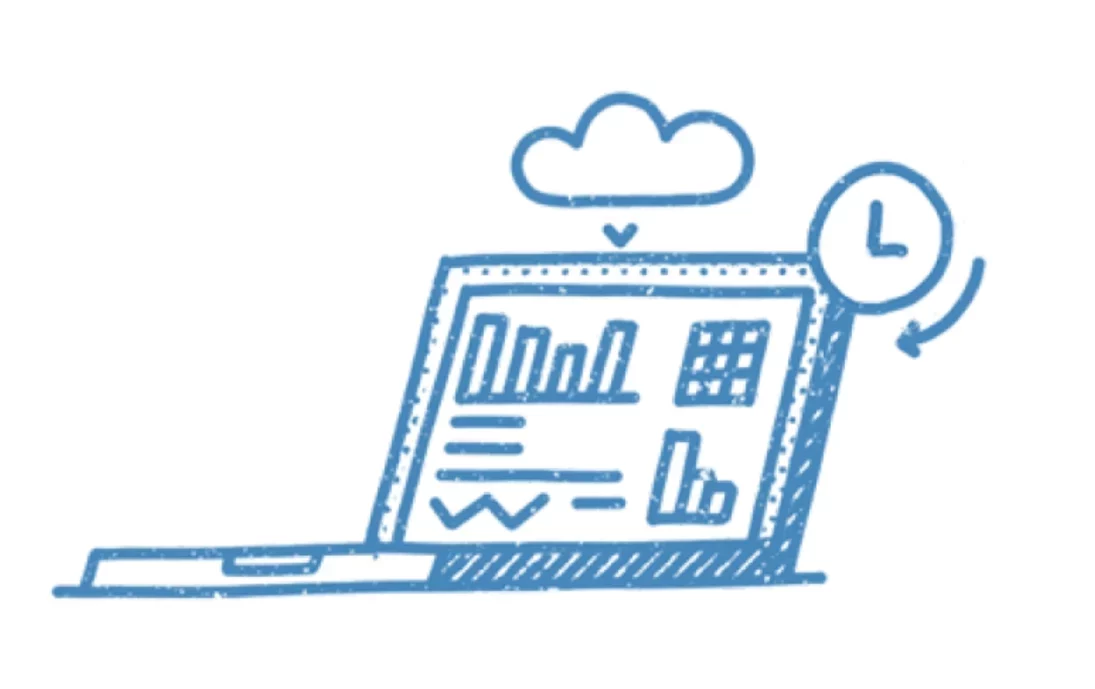Extraction and processing
Maximise the value of your assets with better data quality and reporting.

Meet your obligations faster
The objective of oil and gas companies is to maximise the value achieved from their increasingly complex assets, and to meet the demands of shareholders, partners and national governments. To achieve this, they need timely and accurate production data that can support performance analysis and decision making. They need to be able to perform asset-specific calculations such as the allocation of sold quantities to individual producing entities, accounting for different fluid qualities and tracking ownership of product. They must be able to forecast production and revenues in order to plan for the future.
Data collection, validation and management
Oil and Gas companies must keep records of the amount of hydrocarbons and water produced from the reservoirs, how much of this is consumed, re-injected, disposed of or transported to other facilities, and how much is delivered.
Typical data collected might include:
- Measurements; flows, pressures, temperatures
- Product inventories
- Well tests
- Truck or vessel loads and deliveries
- Samples and laboratory analyses
- Chemical usage
EnergySys allows data to be entered directly into the screens, posted to the system as email attachments, retrieved from other systems automatically via Connectors, or manually uploaded from files. Files can be uploaded in Excel, XML, CSV or text format, and you can load them in bulk by providing a zip file. The layout of these upload files is not specified by the system, and the import process can be configured to read almost any layout and import the data to the system. This is extremely important when a third party specifies the layout and it is not under your control. For automated interfaces with a SCADA system or data historian, data can be uploaded via a web services interface. Validation and verification checks can be undertaken on all raw data imported into the system.
If a mismeasurement is found the correct figures can be recorded and, if necessary, calculations, such as allocation, re-run for the affected period.

Planning and forecasting
Production forecasting is based on knowledge of current performance combined with plans for future operational activities and projects. Each event (planned or unplanned) can result in a change in asset performance. In some cases, the outcome is a loss of production, otherwise known as a deferment. Classification of deferments allows root causes to be analysed and solutions sought for unplanned events. The outcome of the planning and forecasting is insight into operational patterns of the assets and likely future production quantities, inventories and associated revenues.

Calculations
An Oil and Gas production company must track how much is produced from where and align this with the quantities being delivered or sold. The process of alignment between what is delivered at the sales point and what is measured to have been produced from the wells is called allocation; the accurate sales measurements are used to correct the production quantity estimated at the wells.
Allocation calculations vary considerably, depending upon the asset type and the measurements that are available. EnergySys allows you to define the allocation logic to reflect your own specific requirements. As with many other processes in EnergySys, you can start with a basic template calculation and modify it, or completely replace it with your own model. Typically, the outcome is allocated production from the point of delivery, through the intermediate facilities to the wells and completions.
Many other calculations related to production operations can be performed using the EnergySys platform. For example, it may be necessary to calculate fuel or flare usage where no measurements are available. Or you may need to track and analyse chemical usage. Many users incorporate greenhouse gas, and other, emissions calculations and reporting.

Commercial
Oil and gas partner accounting involves the allocation of production to owners, and may extend to the allocation of costs as well. There might be complex arrangements, for example for the use of infrastructure by third parties, that dictate how consumed product (fuel, flare, vent for example) should be commercially assigned. The terms of these agreements differ widely and are usually very specific to the asset in question. EnergySys allows you to define the allocation logic to reflect your own specific requirements.

Reporting
The data stored and generated in EnergySys is used for daily, monthly and annual reporting, internally and to partners and government. These reports are likely to cover
- Commercial allocation
- Operational allocation
- Environmental impact
- Regulatory submissions
- Performance against plan, and forecasts of future performance
Data can be exported via our web-services interface, which provides the mechanism to interface with almost any third-party system, or transmitted by email as an attachment. Attached reports can be configured to suit the layout requirements of the recipient.
Automation
Many of the activities described above – data collection and validation, allocation, report creation and distribution, for example – can be automated, freeing the Hydrocarbon Accountant to assess performance and identify opportunities for improvement. Automation of any sequence of tasks is straightforward, and can be configured by the end user to suit their specific business processes.
